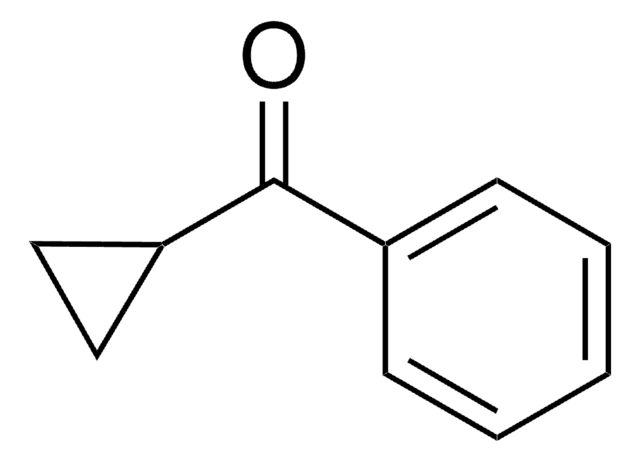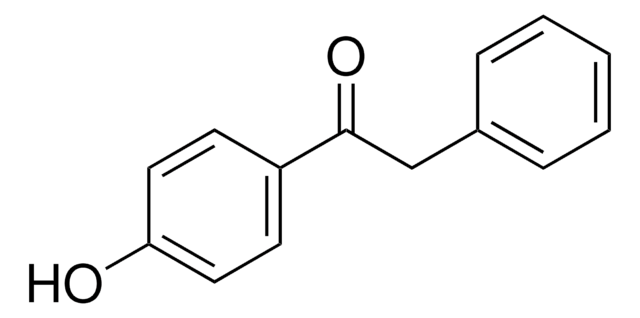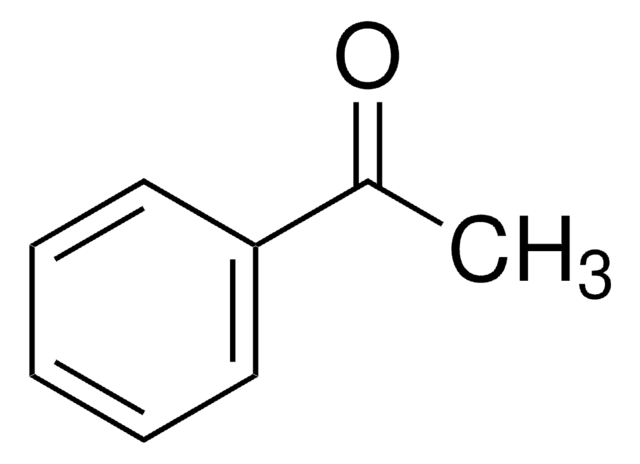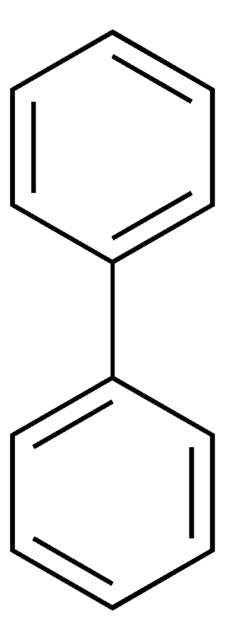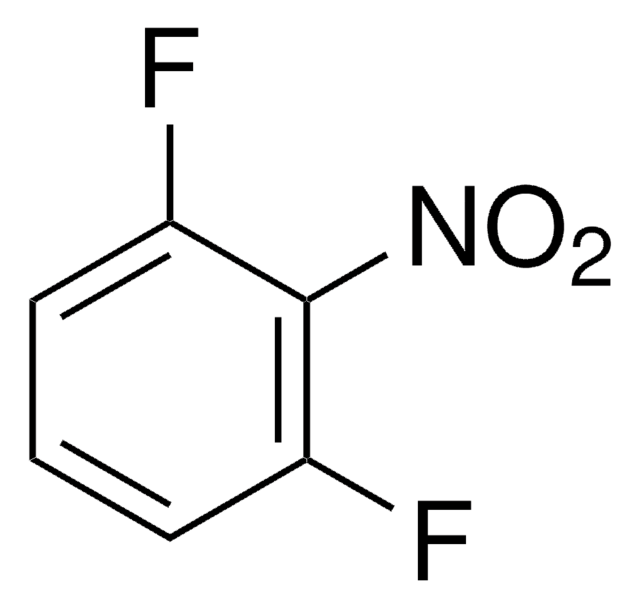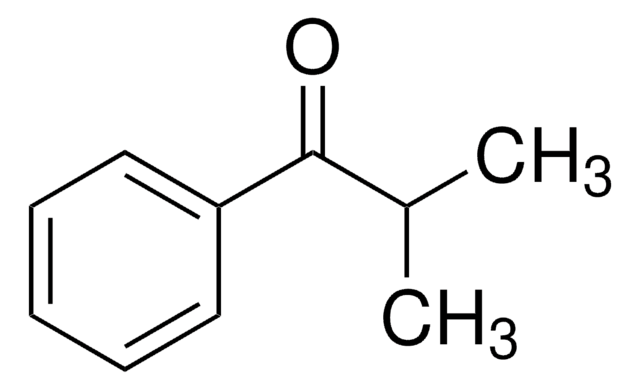337048
2,2-Dimethyl-1-phenyl-1-propanol
99%
Autenticatiper visualizzare i prezzi riservati alla tua organizzazione & contrattuali
About This Item
Formula condensata:
(CH3)3CCH(C6H5)OH
Numero CAS:
Peso molecolare:
164.24
Numero MDL:
Codice UNSPSC:
12352100
ID PubChem:
NACRES:
NA.22
Prodotti consigliati
Saggio
99%
P. ebollizione
90 °C/5 mmHg (lit.)
Punto di fusione
43-45 °C (lit.)
Gruppo funzionale
hydroxyl
phenyl
Stringa SMILE
CC(C)(C)C(O)c1ccccc1
InChI
1S/C11H16O/c1-11(2,3)10(12)9-7-5-4-6-8-9/h4-8,10,12H,1-3H3
YBVRFTBNIZWMSK-UHFFFAOYSA-N
Descrizione generale
Raney nickel and Raney cobalt catalyzed transfer hydrogenolysis of 2,2-dimethyl-1-phenyl-1-propanol has been reported. Kinetic resolution of 2,2-dimethyl-1-phenyl-1-propanol using a lead dioxide anode modified with poly-S-valine grafted on to a polypyrrole film has been reported. An efficient Cu(I)-catalyzed oxidation of 2,2-dimethyl-1-phenyl-1-propanol with di-tert-butyldiaziridinone as oxidant under mild conditions has been investigated.
Applicazioni
2,2-Dimethyl-1-phenyl-1-propanol was used in the preparation of 2,2-dimethylpropiophenone.
Codice della classe di stoccaggio
11 - Combustible Solids
Classe di pericolosità dell'acqua (WGK)
WGK 3
Punto d’infiammabilità (°F)
206.6 °F - closed cup
Punto d’infiammabilità (°C)
97.00 °C - closed cup
Dispositivi di protezione individuale
Eyeshields, Gloves, type N95 (US)
Scegli una delle versioni più recenti:
Possiedi già questo prodotto?
I documenti relativi ai prodotti acquistati recentemente sono disponibili nell’Archivio dei documenti.
Poly (pyrroles) containing chiral side chains: effect of substituents on the chiral recognition in the doped as well as in the undoped state of the polymer film.
Pleus S and Schulte B.
Journal of Solid State Electrochemistry, 5(7-8), 522-520 (2001)
Brant Landers et al.
The Journal of organic chemistry, 76(5), 1390-1397 (2011-01-22)
The use of commercially available (SIPr)Pd(cinnamyl)Cl (SIPr = 1,3-bis(2,6-diisopropylphenyl)-4,5-dihydroimidazol-2-ylidene) as a precatalyst for the anaerobic oxidation of secondary alcohols is described. The use of this complex allows for a drastic reduction in the reaction times and catalyst loading when compared
Transfer hydrogenolysis of aromatic alcohols using Raney catalysts and 2-propanol.
Gross BH, et al.
Applied Catalysis A: General, 219(1), 281-289 (2001)
Yingguang Zhu et al.
Organic letters, 15(5), 992-995 (2013-02-19)
A novel and efficient Cu(I)-catalyzed oxidation of alcohols has been achieved with di-tert-butyldiaziridinone as the oxidant under mild conditions. A wide variety of primary and secondary alcohols with various functional groups can be oxidized to aldehydes and ketones in high
Il team dei nostri ricercatori vanta grande esperienza in tutte le aree della ricerca quali Life Science, scienza dei materiali, sintesi chimica, cromatografia, discipline analitiche, ecc..
Contatta l'Assistenza Tecnica.
